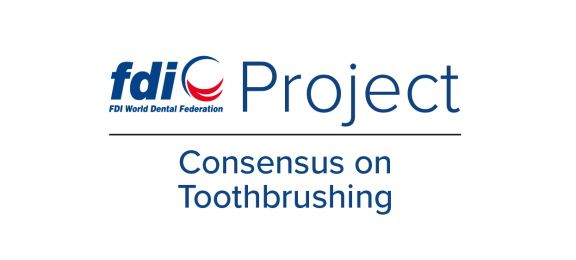Consensus on Toothbrushing
Toothbrushing methods have long been debated in the oral healthcare landscape. Consequently, FDI conducted a meticulous systematic review, identifying available evidence on the effectiveness of different toothbrushing methods across diverse populations and recommended frequencies. Optimal techniques were gathered from diverse literature. In instances where evidence was insufficient, a consensus involving FDI Standing Committees and Council was reached to establish recommendations based on good practice rather than evidence alone.
Background
Toothbrushing stands as one of most straightforward yet highly effective preventive measure to reduce the burden of oral diseases, affecting nearly 3.5 billion individuals. Alarming statistics reveal that approximately 2 billion people worldwide suffer from dental caries in their permanent teeth. However, by implementing effective preventive strategies, there exists a considerable potential to significantly decrease the prevalence of these diseases.
Presently, there is wide diversity in recommendations on toothbrushing methods. Resources produced by the oral health community offer multiple techniques, ranging from Modified Bass, Scrub, and Fone method to electric toothbrushes. In response to this, FDI established a professional consensus on the different aspects of the toothbrushing method.
The results of this systematic review and the recommendations have been published in FDI’s flagship journal, the International Dental Journal.
Project Goals
Goal 1
Provide a set of recommendations on toothbrushing based on expert consensus.
Goal 2
Develop resources to facilitate communication and dissemination of the recommendations to NDAs, dentists, dental teams and patients, along with other basic oral hygiene advice.
RELATED CONTENT
Development of Tooth Brushing Recommendations Through Professional Consensus
Despite being a largely preventable disease, untreated caries of permanent teeth is estimated to affect almost 2 billion people worldwide, which is followed by severe periodontal disease. The aim of this work was to provide a professional consensus on tooth brushing methods and associated oral hygiene behaviours and develop evidence-informed recommendations.
The Consensus on Toothbrushing project is supported by HALEON



